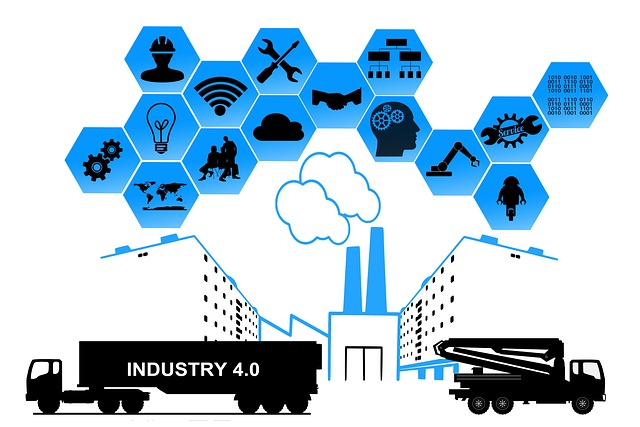
The Impact of Digitalization on IT Hardware: Navigating the Informational Technology Landscape
The Impact of Digitalization on IT Hardware: Navigating the Informational Technology Landscape
In the rapidly evolving world of informational technology, digitalization has emerged as a transformative force. As enterprises, organizations, and individuals increasingly embrace digital solutions, the landscape of IT hardware is experiencing unprecedented changes. These shifts not only influence the way we operate but also redefine our approach to technology management.
The Rise of Digitalization
Digitalization encompasses the integration of digital technologies into everyday processes, affecting how information is created, shared, and consumed. From cloud computing to the Internet of Things (IoT), various digital innovations are reshaping the infrastructure of IT hardware. This synergy between digitalization and hardware is crucial for achieving operational efficiency and fostering innovation.
Shifting Hardware Requirements
With the advent of digitalization, there is a palpable shift in hardware requirements. Businesses are now seeking devices that can support rich multimedia, high-speed connectivity, and extensive data processing capabilities. Traditional hardware is being supplemented and, in many cases, replaced with advanced solutions that offer enhanced performance.
For instance, powerful servers, high-capacity storage systems, and cutting-edge networking equipment are becoming essential components in a digitally driven landscape. Companies must invest wisely in these technologies to ensure they remain competitive and can effectively handle the burgeoning data requirements on the horizon.
Cloud Computing: A Game Changer
The rise of digitalization has significantly accelerated the adoption of cloud computing. This shift has altered the traditional approach to IT hardware procurement. Rather than relying solely on on-premises hardware, organizations are increasingly leveraging cloud services that allow them to scale resources as needed.
Cloud computing encourages a rethinking of how businesses allocate their IT budgets. Instead of investing heavily in physical hardware that may become obsolete, companies can now opt for flexible solutions that adapt to their evolving needs. This agility is particularly valuable in today’s fast-paced environment.
Security Considerations
As digitalization expands, cybersecurity becomes a top priority. IT hardware must not only be powerful but also secure. This necessitates the deployment of advanced security measures integrated into hardware systems. Organizations are now looking for devices that come equipped with enhanced security features, such as hardware encryption and secure boot mechanisms, ensuring data integrity and confidentiality.
Moreover, as the threat landscape evolves with digitalization, IT hardware needs to be continuously updated to fend off potential vulnerabilities. This highlights the importance of a proactive approach to hardware maintenance and upgrades in light of emerging security risks.
The Future of IT Hardware in a Digital World
The intersection of digitalization and IT hardware is set to evolve even further. Innovators are exploring emerging technologies such as artificial intelligence, machine learning, and edge computing, all of which could reshape the capabilities and functions of IT devices.
Companies must stay ahead of the curve, understanding the potential implications of these advancements. The investment in next-generation hardware will not only ensure operational resilience but also enable businesses to harness the power of digitalization to drive growth and innovation.
In conclusion, embracing the changes brought about by digitalization will require organizations to rethink their IT hardware strategies. Understanding the nuances of this evolving landscape is vital for those looking to thrive in the digital age.



